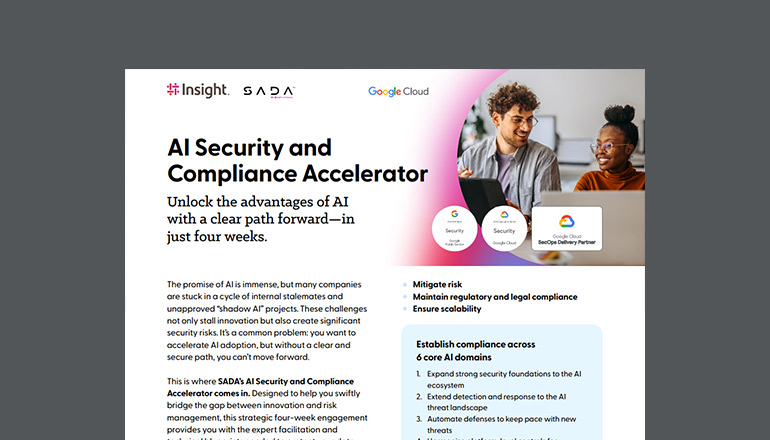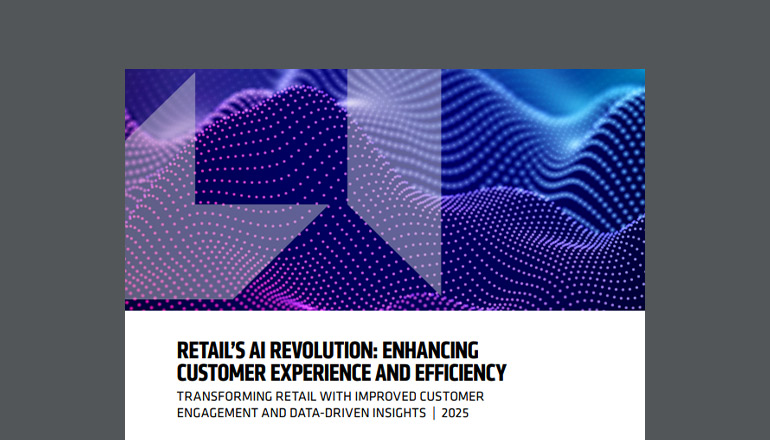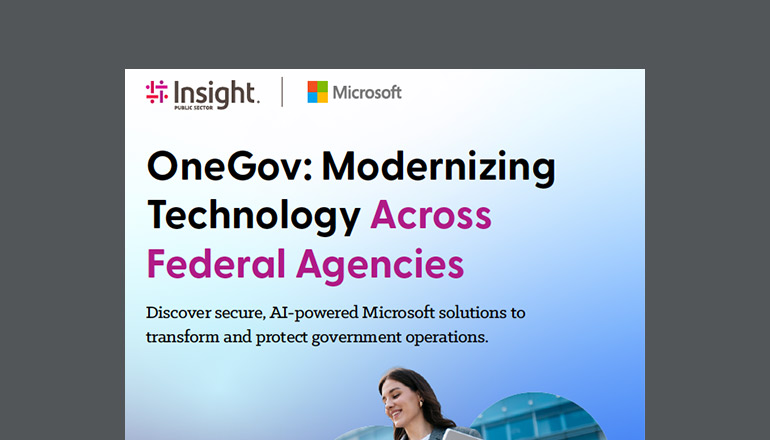Infographic text included for screen readers:
AI Center of Excellence Best Practices: Take Your AI to the Next Level
Traditional approaches to Artificial Intelligence (AI) focus on using data and algorithms to create business value — but you can optimize efforts and unlock additional value by building the right structure around your AI. An AI Center of Excellence (CoE) allows organizations to remove team silos and accelerate AI impact.
While 85% of respondents from a 2022 survey said their organization uses AI to drive business insights and/or efficiencies, only 36% have optimized its use.
Establishing the right team
Once executive sponsorship is established, allowing for proper funding and support, a qualified team can be developed. To be successful, the AI CoE team needs to have the right players in order to accomplish their goals efficiently. These roles include:
Data science & DevOps
This group of data and automation experts works to set requirements, generate the models that will be used to uncover insights and implement a CI/CD framework for efficient automation of important workload tasks.
FinOps
In an AI CoE, FinOps plays the role of maintaining fiscal responsibility for the project. This person or group has visibility into the storage, cloud, platform and other aspects of the project that need resource allocation and cost containment.
Platform engineering & DevX
These individuals are responsible for the platforms and interface the other two roles need to do their jobs efficiently. This development of platforms includes providing the necessary access, visibility and integrations that teams will need for smooth workflows.
Other roles for impactful AI:
- Security & compliance
- Agileists
- Organizational change experts
- MLOps, deployment, operationalization
- Business analysts & product owners
- Cloud & infrastructure experts
Creating an iterative process for development and improvement
Define policies and goals.
Before the AI project gets underway, it’s important that a strong foundation is built to guide the process and team. During this stage, the team and/or leadership will determine standards and compliance, their data governance approach, ethical parameters and security precautions to implement. Additionally, organizations should analyze their current talent and expertise to determine if there will be personnel needs to establish a successful AI CoE.
Hire and train.
With a common goal established, the organization can move to fill gaps on the team — whether it means hiring additional expert personnel and/or training individuals on the team to have the same project philosophy and CoE understanding.
Approve a Proof of Concept (PoC).
Before fully implementing a new AI project, it’s important to develop and approve a PoC. This PoC will determine if the proposed model will deliver the desired insights and allow for testing before investing in additional resources.
Develop a Minimum Viable Product (MVP) and strategy for rollout.
Once the PoC has proved successful, the team can develop an MVP to validate the full rollout. The MVP should be the best and highest fidelity implementation of the AI with the lowest resource cost, to test its real-world application.
Move forward with rollout.
Once all previous stages have been completed, organizations can feel confident moving forward with the full rollout and management of their AI capabilities.
Optimize your AI with Insight.
Whether you’re just getting started with AI or looking to optimize what you already have, Insight can help you maximize impact across the entire AI journey — from strategy to design, operationalization and beyond. We use proven and repeatable frameworks to accelerate speed to insight for your AI use cases.





